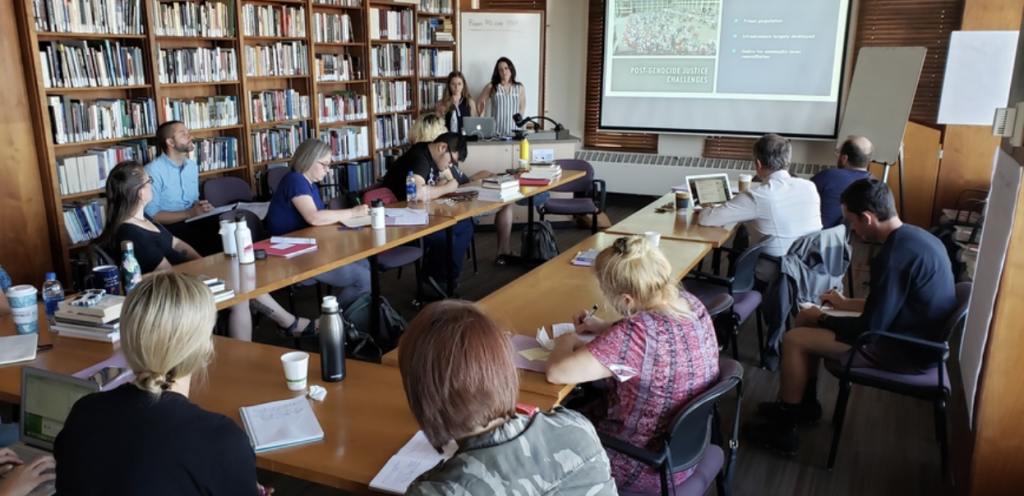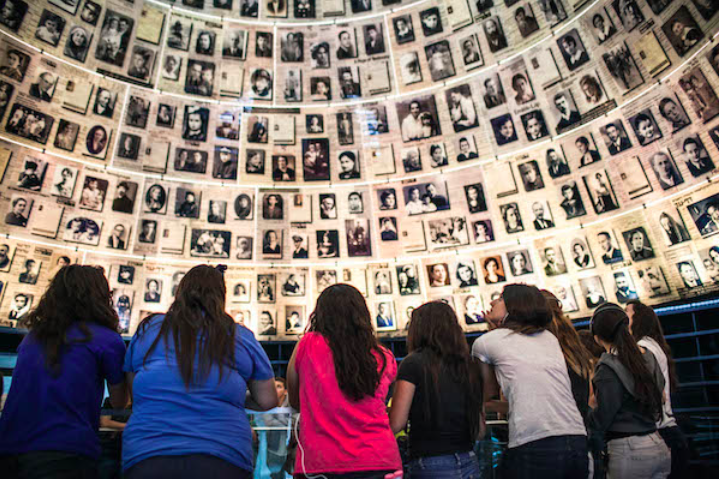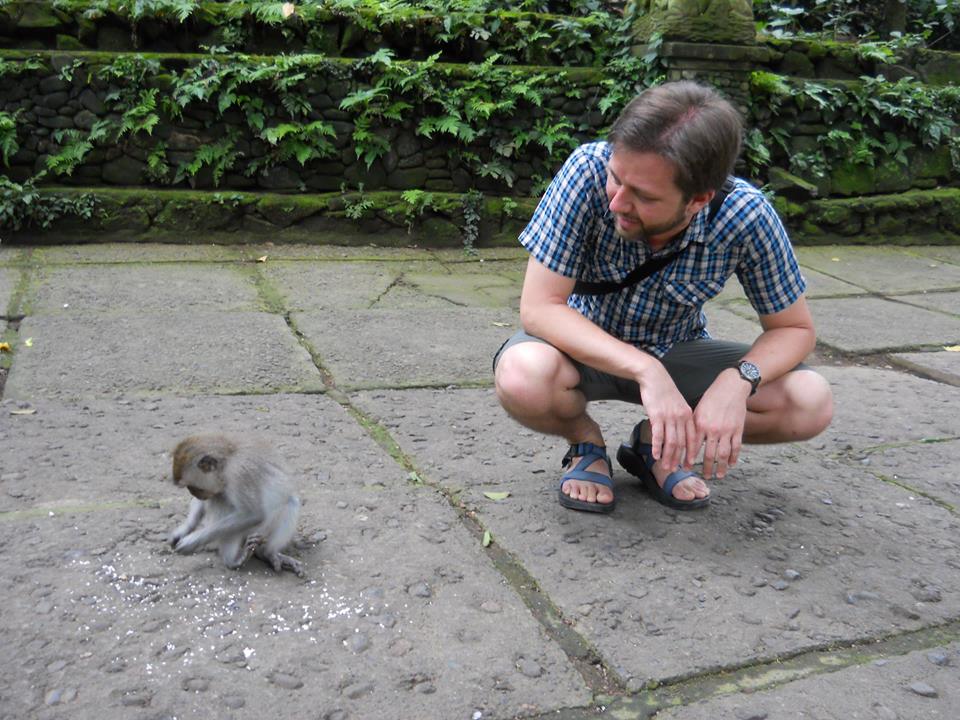
The Minnesota Department of Education (MDE) recently released the second draft of proposed social studies standards. The draft, part of a mandatory process to review teaching and learning standards every ten years, will not only secure but significantly expand Holocaust and genocide education across the state for years to come.
The months-delayed second draft follows the release of a controversial first draft in December 2020, which did not mention Holocaust and genocide education. The decision meant not carrying through the three existing references from the current social studies standards, which were adopted in 2011.



